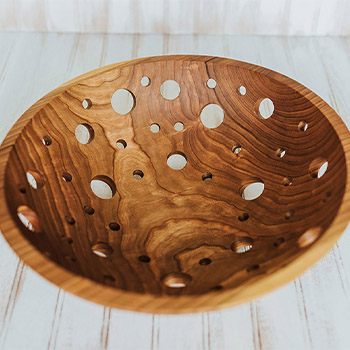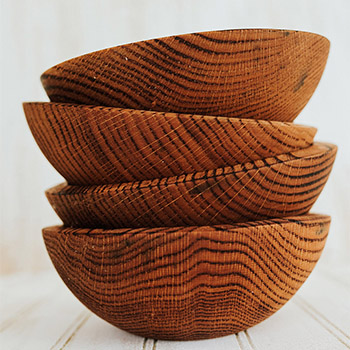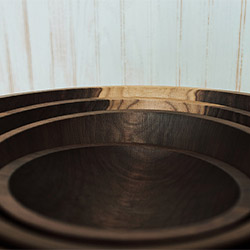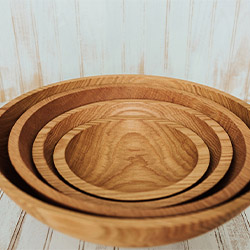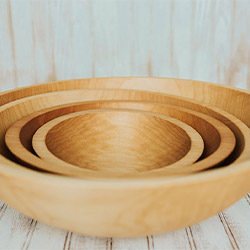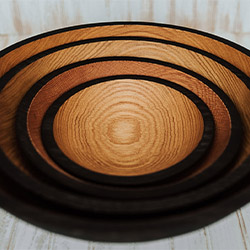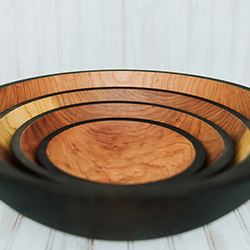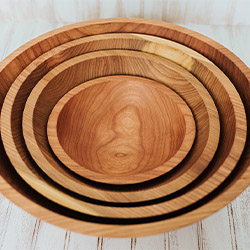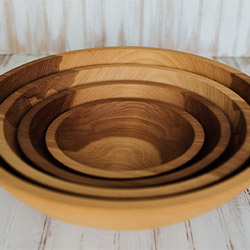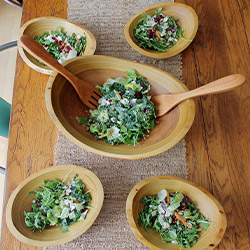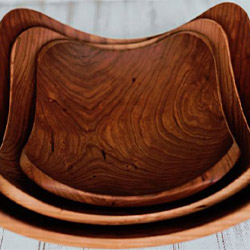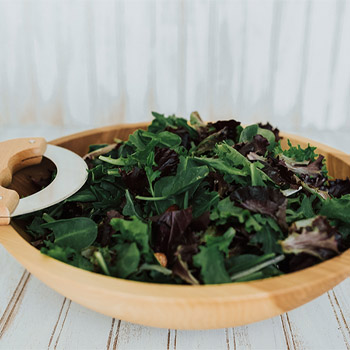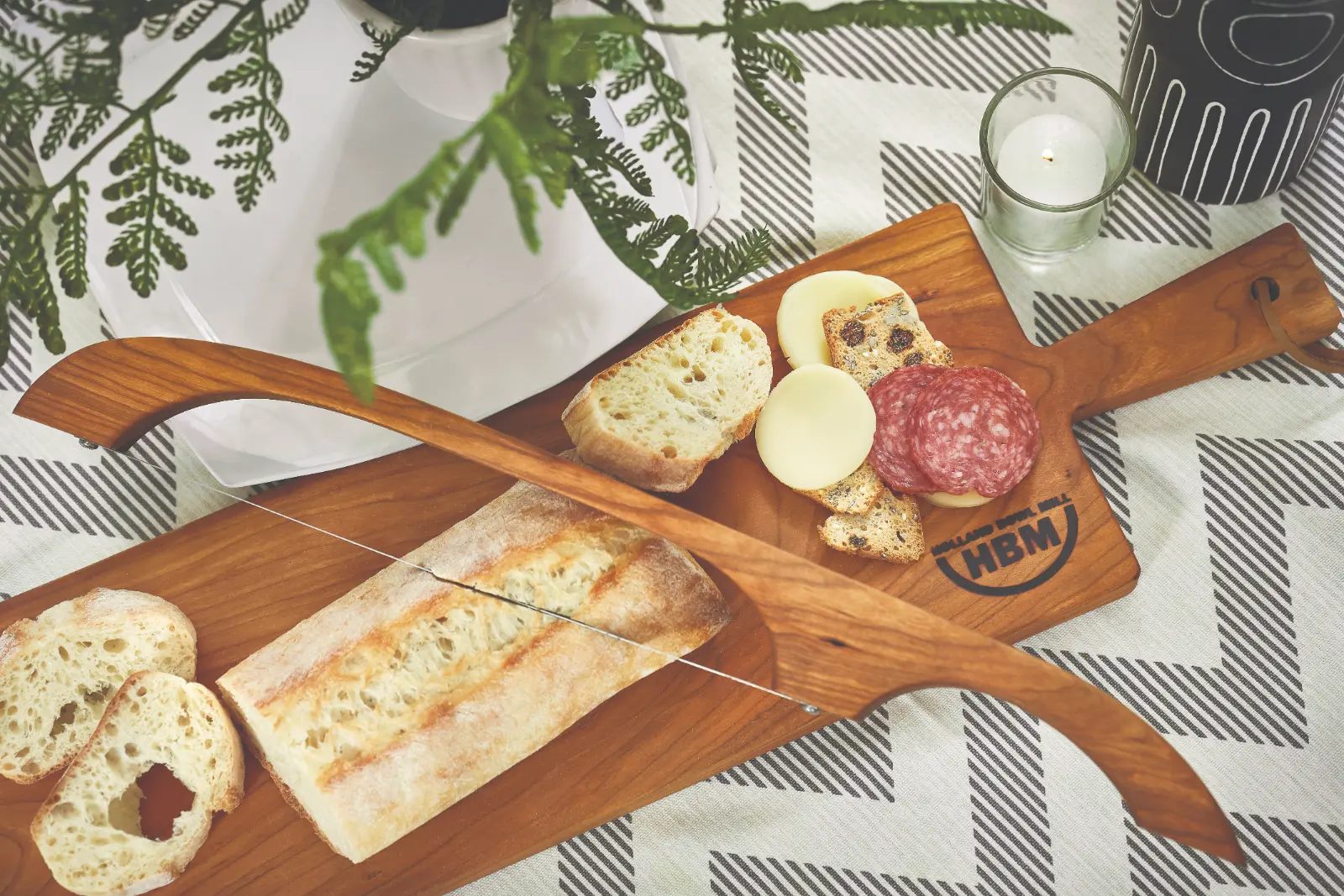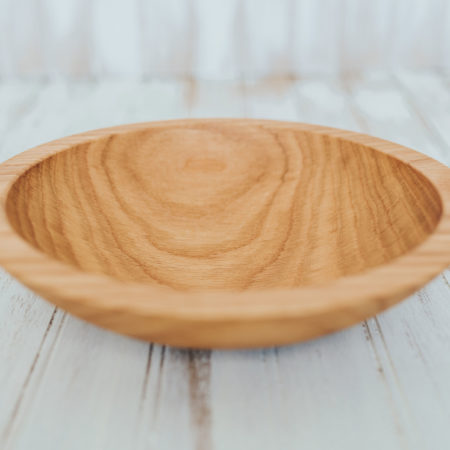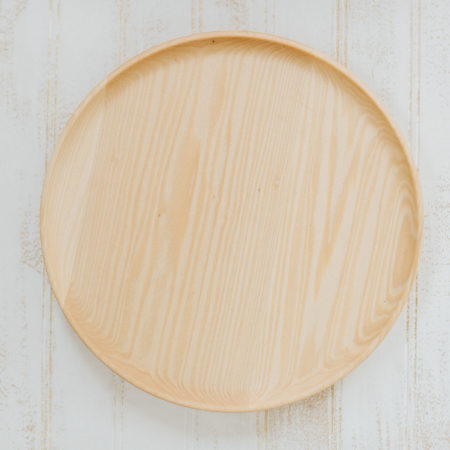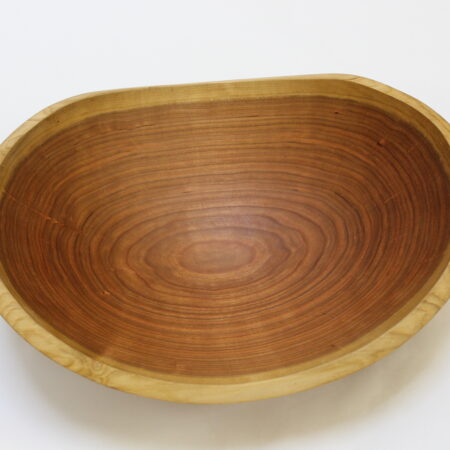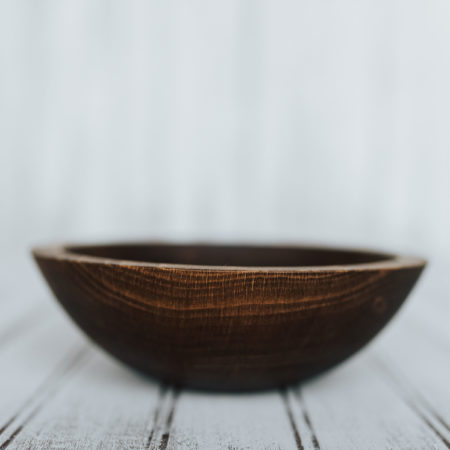Do you know that feeling when you find the perfect wooden cutting board or salad bowl, and it becomes an essential part of your kitchen? You want to ensure that these items not only last a long time but also remain safe for food preparation.
That’s why it’s crucial to understand the best finishes for wooden kitchen items. From food-grade oils to beeswax and shellac coatings, the options can seem overwhelming. But fear not, as we’ll guide you through the considerations and benefits of each so you can make an informed decision for your beloved kitchen essentials.
Key Takeaways
- Importance of choosing food-safe finishes for wooden kitchen items
- Consideration of using food-grade oils like mineral oil, walnut oil, and coconut oil for wooden kitchen items
- Benefits of beeswax finish for wooden kitchen items include natural protection, enhancing wood’s beauty, and eco-friendly properties
- Factors to consider when using shellac coating on wooden kitchen items include vulnerability to heat and moisture, durability, and maintenance requirements
Importance of Food-Safe Finishes
When selecting finishes for wooden kitchen items, it’s crucial to prioritize food-safe options to ensure the safety and health of those who will be using these items. Food safety is of utmost importance when it comes to wooden kitchen items, as these are in direct contact with food during preparation and serving. Using finishes that aren’t food-safe can lead to harmful chemicals leaching into the food, posing serious health risks.
To address this concern, it’s essential to choose finishes that are specifically labeled or certified as food-safe. These finishes have been tested and approved for use in contact with food, providing a protective barrier between the wood and the food being prepared or served. Additionally, food-safe finishes are formulated to resist the growth of bacteria and mold, further enhancing the safety of wooden kitchen items.
In addition to ensuring food safety, wood preservation is also a key consideration when selecting finishes for wooden kitchen items. The chosen finish should effectively protect the wood from moisture, stains, and wear, extending the lifespan of the item and maintaining its quality over time. By prioritizing food-safe finishes that also contribute to wood preservation, you can confidently enjoy the use of your wooden kitchen items while prioritizing the health and safety of those who use them.
Types of Food-Grade Oils
To ensure the safety and health of those using wooden kitchen items, prioritizing food-safe finishes is essential, and one popular option is utilizing different types of food-grade oils. When it comes to wood preservation, food-grade oils are an excellent choice for treating wooden kitchen items such as cutting boards, utensils, and bowls. These oils act as a protective barrier, preventing the wood from drying out, cracking, or becoming damaged by moisture and food particles. Additionally, food-grade oils are safe for direct contact with food, making them an ideal choice for kitchen items.
There are several types of food-grade oils that are commonly used for wood preservation. Mineral oil, walnut oil, and coconut oil are popular choices due to their low rancidity levels and ability to penetrate the wood effectively. Mineral oil, in particular, is a popular option for cutting boards and wooden utensils due to its odorless and tasteless properties. On the other hand, walnut oil and coconut oil are natural alternatives that provide excellent protection to wooden kitchen items.
When using food-grade oils for wood preservation, it’s important to follow maintenance tips to ensure the longevity of the finish. Regular reapplication of the oil is necessary to maintain the protective layer on the wood surface. Additionally, it’s essential to clean the wooden items with mild soap and water, avoiding harsh detergents that can strip away the oil finish. By following these maintenance tips, you can ensure that your wooden kitchen items remain in optimal condition for years to come.
Benefits of Beeswax Finish
When it comes to finishing wooden kitchen items, beeswax offers natural protection and a simple application process.
The beeswax finish not only seals and protects the wood, but it also enhances the natural grain, adding a beautiful touch to your kitchenware.
With its numerous benefits, beeswax is a popular choice for those looking for a safe and effective finish for their wooden items.
Beeswax Natural Protection
Beeswax natural protection offers a safe and effective finish for wooden kitchen items, providing a natural barrier against moisture and wear. This natural protection is derived from the beneficial properties of beeswax, making it an ideal choice for preserving the beauty and integrity of wooden utensils, cutting boards, and other kitchen items. Here’s a closer look at the benefits of beeswax finish:
| Beeswax Benefits |
Natural Wood Protection |
| Forms a Protective Layer |
Shields Against Moisture |
| Enhances Wood’s Natural Beauty |
Provides Wear Resistance |
| Non-toxic and Food Safe |
Preserves Longevity |
| Easy to Apply and Maintain |
Eco-Friendly |
| Enhances Aroma of Wood |
Biodegradable |
Easy Application Process
Enhancing the protective benefits of beeswax finish, the application process offers a straightforward method for preserving the longevity and natural beauty of wooden kitchen items. The quick sealant properties of beeswax make it an ideal choice for those seeking efficient protection.
Its user-friendly application ensures that anyone can easily apply the finish without the need for special skills or equipment. The process involves simply rubbing the beeswax onto the wooden surface and allowing it to dry, creating a durable barrier against moisture and wear. This simplicity not only saves time but also ensures a consistent and reliable outcome.
With its easy application process, beeswax finish provides a hassle-free way to safeguard and enhance the appearance of your wooden kitchen items, catering to your desire for a sense of belonging in your culinary space.
Enhances Wood Grain
By accentuating the natural wood grain, the beeswax finish enhances the visual appeal and texture of wooden kitchen items, elevating their aesthetic charm and character. This natural finish not only enriches the beauty of the wood but also serves to enhance its durability by providing a protective layer.
The beeswax penetrates the wood, preserving its aesthetics while offering a shield against moisture and wear. This preservation of the wood’s natural beauty is a key benefit of beeswax finish, as it maintains the original appearance of the wooden kitchen items for an extended period.
The enhanced durability ensures that the wood remains resilient and long-lasting, while the heightened visual appeal brings a sense of warmth and authenticity to your kitchen space.
Considerations for Shellac Coating
When considering shellac coating for wooden kitchen items, it’s important to weigh the benefits of its natural origin and ease of application against its potential vulnerability to heat and moisture.
Shellac, a resin secreted by the lac bug, has been traditionally used for its ability to enhance the natural beauty of the wood while providing a protective coating. Here are some important considerations for shellac application, durability, and maintenance:
- Natural Origin: Shellac is derived from a natural source, making it an eco-friendly choice for coating wooden kitchen items. This may appeal to those who desire a more sustainable option for their home.
- Ease of Application: Shellac is relatively easy to apply, making it a convenient choice for DIY enthusiasts or those looking for a quick refresh of their wooden kitchen items.
- Vulnerability to Heat and Moisture: It’s crucial to note that shellac is vulnerable to heat and moisture. In a kitchen environment, where items are regularly exposed to steam and hot surfaces, this vulnerability should be taken into consideration.
- Durability: While shellac provides a beautiful finish, it may require more frequent maintenance and reapplication compared to other finishes due to its susceptibility to heat and moisture.
- Maintenance: Regular maintenance, such as using coasters for hot items and promptly cleaning up spills, is essential for preserving the shellac coating on wooden kitchen items.
Considering these factors will help you make an informed decision about whether shellac is the right choice for your wooden kitchen items.
Pros and Cons of Mineral Oil
Mineral oil offers both advantages and disadvantages when used to finish wooden kitchen items.
Mineral oil is incredibly easy to apply when considering the application process. It can be simply wiped onto the wood, allowed to penetrate, and then excess oil wiped off. However, the longevity of mineral oil as a finish is a concern. It requires frequent reapplication, often every few weeks, to maintain its protective properties. On the plus side, mineral oil is food-safe and non-toxic, making it a great option for cutting boards, wooden utensils, and countertops. It also enhances the natural beauty of the wood, giving it a rich, warm glow.
Application of Natural Waxes
Considering the frequent reapplication required for mineral oil, natural waxes provide a longer-lasting alternative for finishing wooden kitchen items. Natural waxes offer sustainable protection and natural durability that can enhance the longevity of your wooden kitchen items.
Here are some key points to consider when applying natural waxes:
- Long-lasting Protection: Natural waxes form a durable layer on the wood’s surface, providing long-lasting protection against moisture, stains, and daily wear and tear.
- Enhanced Aesthetics: When applied, natural waxes can enhance the natural beauty of the wood, bringing out its grain and adding a warm, lustrous sheen to the surface.
- Easy Application: Applying natural waxes is a straightforward process that can be easily done at home. It involves simply rubbing the wax onto the wood, allowing it to penetrate, and then buffing it to a desired sheen.
- Food-Safe Properties: Many natural waxes are food-safe, making them an ideal choice for wooden kitchen items such as cutting boards, utensils, and bowls.
- Low Environmental Impact: Natural waxes are derived from renewable resources, making them an environmentally friendly choice for finishing wooden kitchen items.
Summary
When choosing finishes for wooden kitchen items, it’s important to prioritize food-safe options. Consider using food-grade oils for a natural and durable finish, or opt for a beeswax finish for added protection and a smooth texture.
Shellac coatings can be a good choice, but be mindful of potential allergens. Mineral oil is a versatile option but may require more frequent reapplication. Ultimately, prioritize natural waxes for a safe and effective finish.

